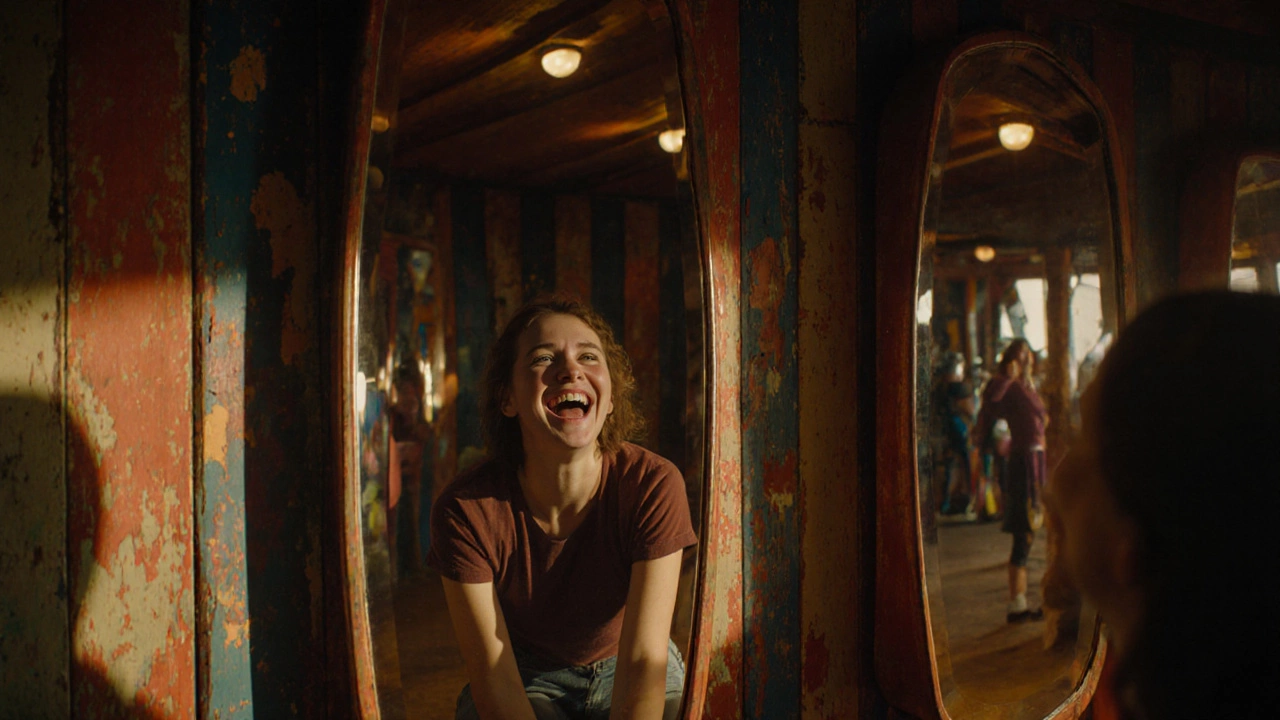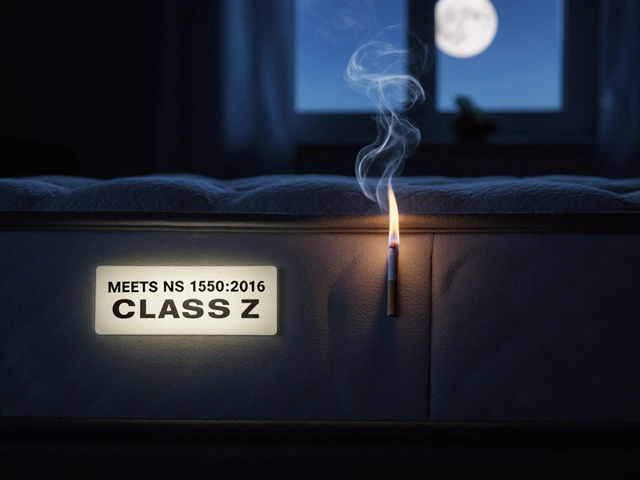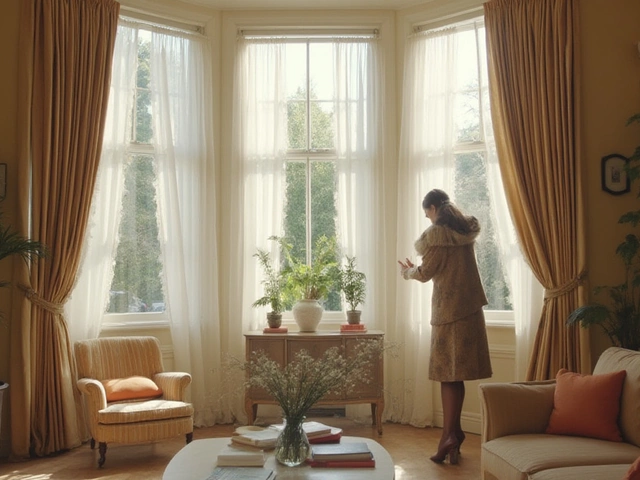Carnival Mirrors: Distorted Reflections, Funhouse Secrets, and What Makes Them Unique
When you step in front of a carnival mirror, a curved glass surface designed to warp your reflection for entertainment. Also known as funhouse mirror, it’s not just a trick—it’s physics dressed up as play. Unlike the flat, true-to-life glass in your bathroom, carnival mirrors use curves—convex, concave, or wavy—to stretch, shrink, or twist your image. That tall, skinny version of you? That’s a convex surface. The wide, squat version? That’s concave. And the wavy, rippling look? That’s a mix of both, carefully shaped to surprise.
These mirrors aren’t just for amusement parks. They’re a clever use of mirror distortion, the intentional bending of light reflection through non-flat surfaces to create humor and wonder. People have been using curved glass since the 1800s, but modern carnival mirrors are built with durable, thick glass and strong metal frames to handle crowds, weather, and constant handling. The glass is often coated with a silver or aluminum backing, just like high-quality home mirrors, but the shape is what sets them apart. You won’t find these in your living room—unless you’re going for a retro vibe or a playful accent wall.
What makes them stick around isn’t just nostalgia. It’s the way they make you feel—laughing at yourself, seeing your body in ways you never expected. That’s why they show up in themed rooms, haunted houses, and even modern art installations. They’re not broken mirrors—they’re designed to break expectations. And while you might think they’re just for kids, adults are just as drawn to them. Think about it: when was the last time a flat mirror made you gasp or smile?
Behind every funhouse mirror is a simple truth: shape changes perception. That’s why people who study optics, interior design, and even psychology keep an eye on them. They’re a real-world example of how environment affects self-image—a topic we’ve touched on in posts about mirror health and bathroom mirrors. Some use them to explore body positivity. Others use them to teach light behavior in classrooms. And a lot of homeowners are now bringing the look home—not as a full funhouse, but as a single statement piece.
Below, you’ll find real posts that dig into how mirrors work, why some look cheap and others last decades, and how even the smallest mirror can change the feel of a room. You’ll see what separates a carnival mirror from a bathroom mirror, why quality matters even in funhouse glass, and how the same principles that make a mirror distort your face also make it reflect light perfectly—or poorly. Whether you’re curious about the science, the history, or just how to pick one for your space, these posts have the answers—no ticket required.

What Are Those Wavy Mirrors Called? The Truth About Distorted Reflections
Funhouse mirrors are the wavy, distorted mirrors you see at carnivals. They use curved glass to stretch, shrink, or warp your reflection. Learn what they're called, how they work, and where to find them.
Categories
- Storage (25)
- Bathroom (17)
- Sofas (14)
- Curtains (14)
- Home Decor (12)
- Bedding (10)
- Kitchenware (10)
- Cushions (10)
- Mirrors (10)
- Rugs (9)



